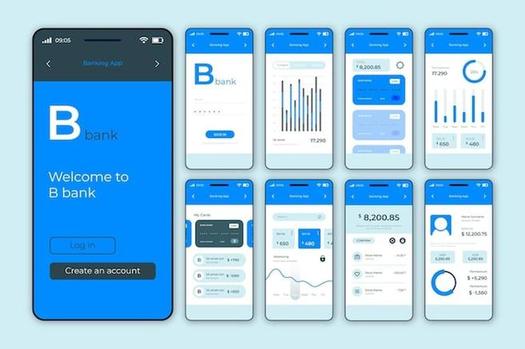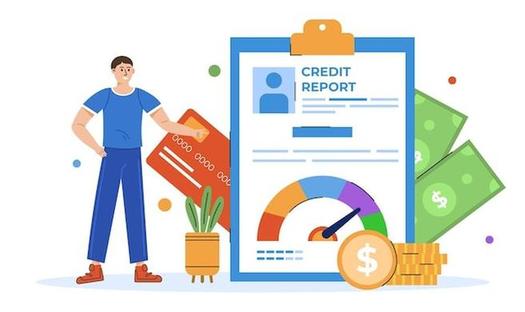
Online trading involves the purchasing or selling of financial products leveraging an online platform such as iFOREX. iFOREX, which must be downloaded and installed onto your computer, allows for seamless trading operations.
To participate in trading activities, it’s required to set up an account. The iFOREX platform’s ease of use has earned it a reputation as a trusted trading platform.
As a broker, iFOREX delivers an array of financial products including Forex, Commodities, and Shares. While trading shares and buying or selling commodities are common practices, Forex trading has been gaining considerable traction in recent years.
Benefits of Implementing the iFOREX Strategy
A major advantage of using iFOREX is the ability to conduct trades without ever having to leave your home. This platform efficiently mirrors real-life Forex trading scenarios. Traditionally, trading required a physical presence at venues like banks or post offices, but with an online platform like iFOREX, you can conduct transactions from the comfort of your home using a computer or mobile device.
Online trading platforms also provide rapid, convenient trading experiences. Trading currencies like the US Dollar or Euro, market shares, and commodities like oil or gold has never been easier or more accessible.
Moreover, you don’t need to be an expert trader to start online trading. Launching a trade is as simple as selecting a product, setting an amount, and choosing your desired direction, closing whenever you see fit, usually best done when your trade is profitable.
With iFOREX, you can benefit from commission-free trading, ensuring transparency with no hidden charges. Absence of data licenses and hefty exchange fees is another perk of this trading platform.
iFOREX also allows leveraged trading of up to 400:1. This empowers you to amplify your buying potential and subsequently boost your profit. It breaks the mould of conventional trading where small investments yield small returns.
These benefits are tempting for many, drawing an increasing number of people towards online trading. If you’re considering adopting this trading platform, it’s essential to educate yourself on other key aspects of the online trading industry. One notable point is that taking risks is inherent to achieving success in trading, but the good news is that you can never lose more than what you invest. Thus, it works in your favor: big wins when you prosper, and no losses exceeding your investment when you don’t.








